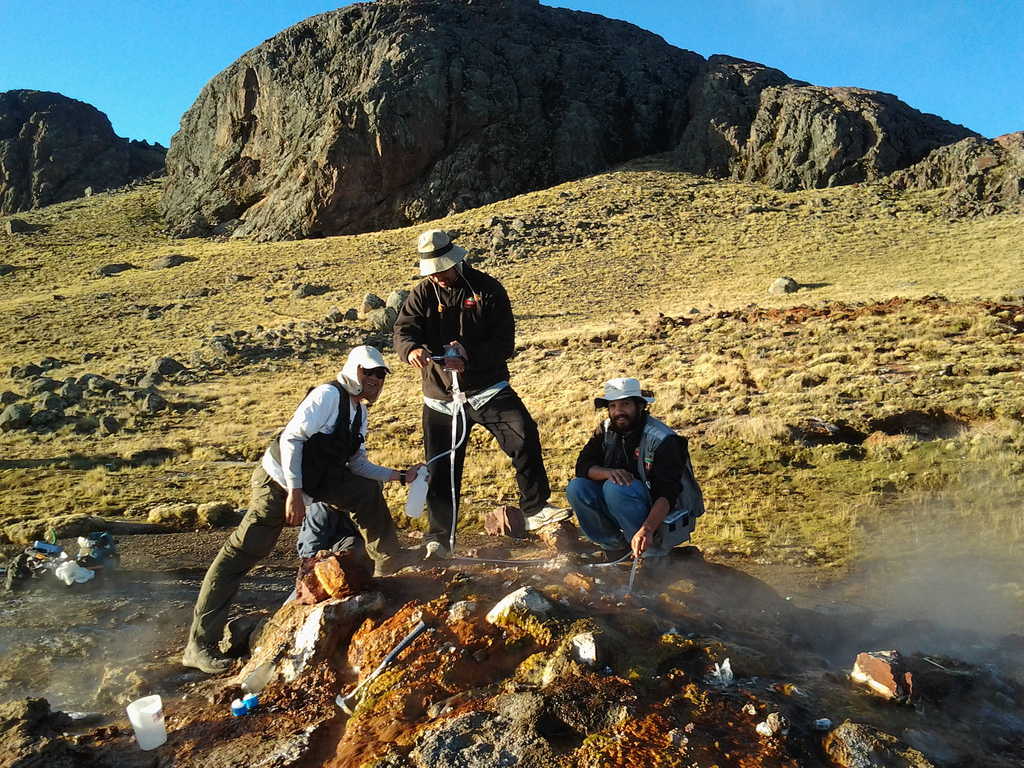With growing demand geothermal energy is a real option for Peru’s South
With increasing energy demand in the south of Peru, geothermal energy could be the local energy resource to help move towards renewables and an independence from energy produced in other parts of the country.
A recent article from Peru describes the growing demand for energy in the south of the country. Currently, the region only produces 770 MW, but its demand is almost double of that. Current demand is covered by the hydroelectric plants in the center of the country and the thermal plants, which burn gas, from the south of Lima.
For the Peruvian Society of Renewable Energies (SPR), the future is to implement renewable energy plants. In the south, the one with the greatest potential is geothermal: 99% clean and with an effectiveness index of 90%, which compared to nuclear energy is thousands of times less polluting.
In Arequipa, Moquegua and Tacna there are 11 projects of geothermal energy, for being a volcanic zone and with the presence of geysers (hot springs of hot water and steam).
If it were to become a reality, the south would no longer depend on the center of the country. The first plant of its type is projected in the district of Cabanaconde (Caylloma) that would generate 100 MW. Cabanaconde is located in the middle of the Colca Valley, known for its geysers (eruptions of water vapor heated by the earth). The company Energy Development Corporation Peru (EDC) wants to invest US $ 600 million to build the first geothermal plant in the country. This would produce 100 MW in its first year and do not rule out extensions. EDC has experience in Thailand and other countries in Asia. They hope to repeat the experience in Arequipa.
Regarding renewable energies, the debate is focused on the sun (photovoltaic) and wind (wind). Its application is cheap. However, these currently only generate 3% of national production. In as much, the hydroelectric one supplies 43% of the electricity that consumes the country.
While 48% of the energy consumed is produced by the burning of Camisea gas in the thermal plants located south of Lima. Therefore, Peru is far from being a “green” and environmentally friendly country.
In short, all the country’s power plants can produce up to 8,000 MW; however, what is consumed is more than 6 thousand MW. Of this last, 80% is used by the industry (mining, manufacturing and small industries) and the rest by the population. If the plants operated at full capacity, there would be an overproduction of 2 thousand 700 MW.
But according to the projections of the Committee of Economic Operation of the National Interconnected System (COES) for 2026 new projects would be needed to cover the demand that would reach more than 12 thousand MW.
“Renewable energy projects must be executed now and not when we have the deficit,” explains Juan Coronado, president of the SPR.
The engineer indicated that green energies are present for many countries in Europe and Asia . Peru can not be left behind. “In the south, geothermal energy has the most future, more than solar,” he said.
For Juan Coronado, the greatest benefit that the geothermal plant could provide is stability and energy security.
Source: La Republica


















